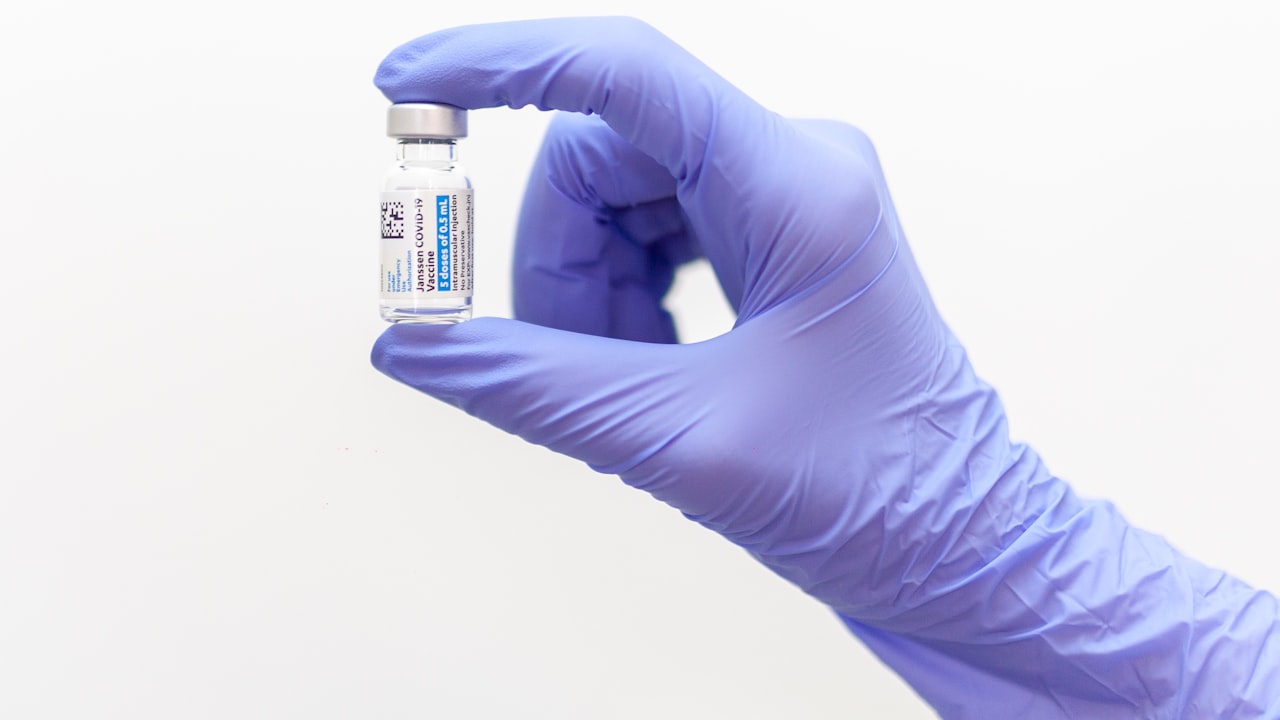 Title: Design Considerations for Injection Molds: Key Factors and Best Practices
Title: Design Considerations for Injection Molds: Key Factors and Best Practices
Injection molds play a crucial role in the manufacturing process of various plastic products. As such, understanding the design considerations for injection molds is essential to ensure the production of high-quality parts at an injection mold factory. In this article, we will explore the key factors and best practices associated with the design of injection molds, essential for both injection mold suppliers and manufacturers.
One of the primary considerations when designing an injection mold is the material selection. The choice of material for the mold will depend on the type of plastic being used in the production process. Factors such as the part geometry, production volume, and required surface finish will also influence the material selection. It is essential to choose a material that can withstand the temperatures and pressures of the injection molding process while maintaining dimensional stability.
Another critical factor to consider in the design of injection molds is the part geometry. The complexity of the part geometry will impact the mold design, including the number of cavities, gating system, and cooling channels required. It is essential to optimize the part design for manufacturability, ensuring that it can be efficiently produced with minimal defects.
The gating system is another key consideration in injection mold design. The gating system controls the flow of molten plastic into the mold cavity and directly affects the part quality. Proper gate design is essential to prevent defects such as flash, weld lines, and air traps. The selection of the gating type and location should be based on the part geometry and material properties to ensure uniform filling and packing of the mold.
Cooling is a critical aspect of injection mold design that directly impacts cycle time and part quality. Efficient cooling channels help in dissipating heat from the mold quickly, allowing for shorter cycle times and improved part quality. The design of cooling channels should consider the optimal flow of cooling water to maintain consistent temperatures throughout the mold.
In conclusion, the design considerations for injection molds are crucial for achieving high-quality plastic parts in the manufacturing process. By carefully considering factors such as material selection, part geometry, gating system, and cooling design, injection mold suppliers and manufacturers can optimize their processes for efficiency and quality. Adhering to best practices in injection mold design will ultimately lead to cost-effective production and customer satisfaction.
(Note: This article contains 315 words)
